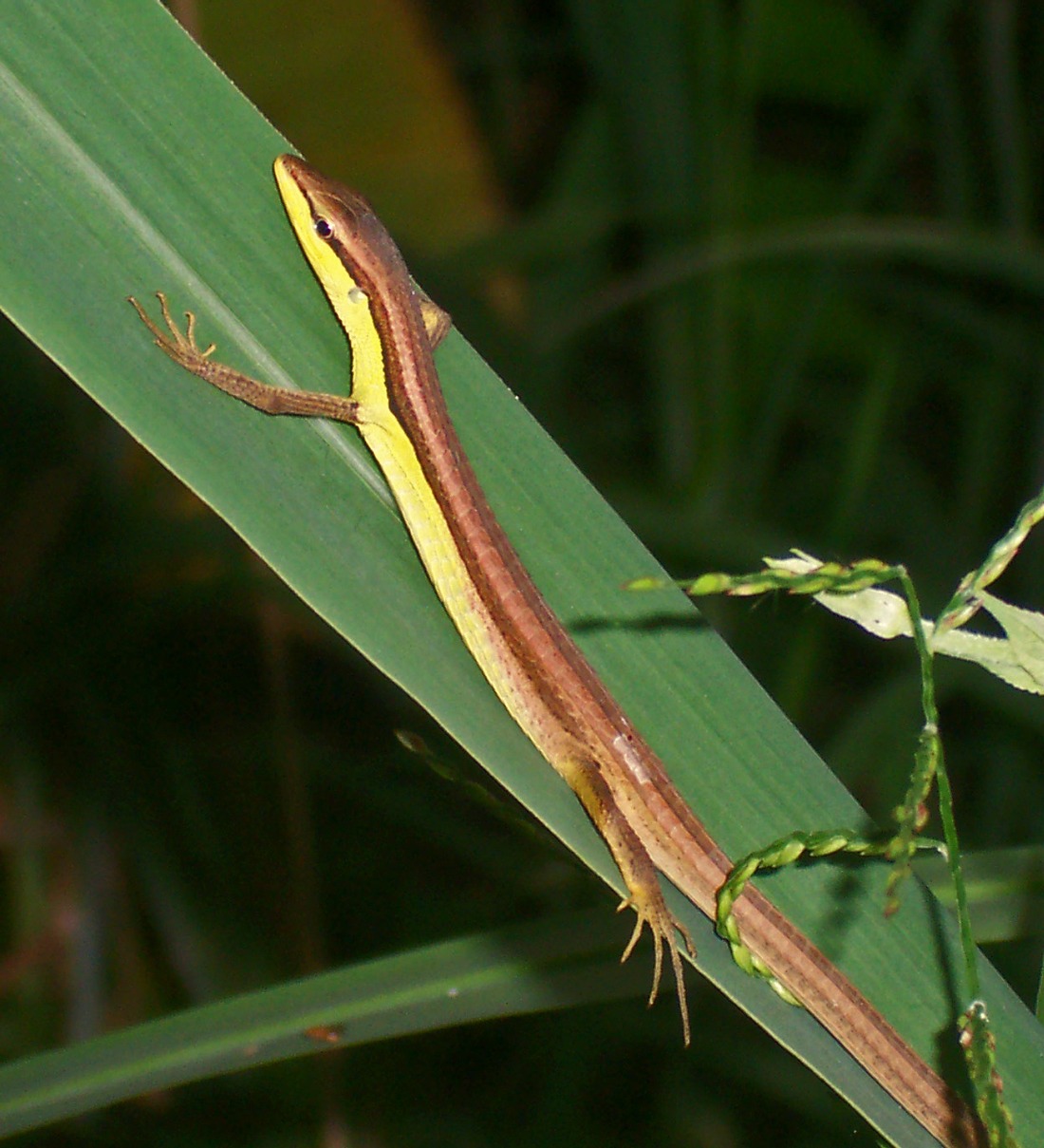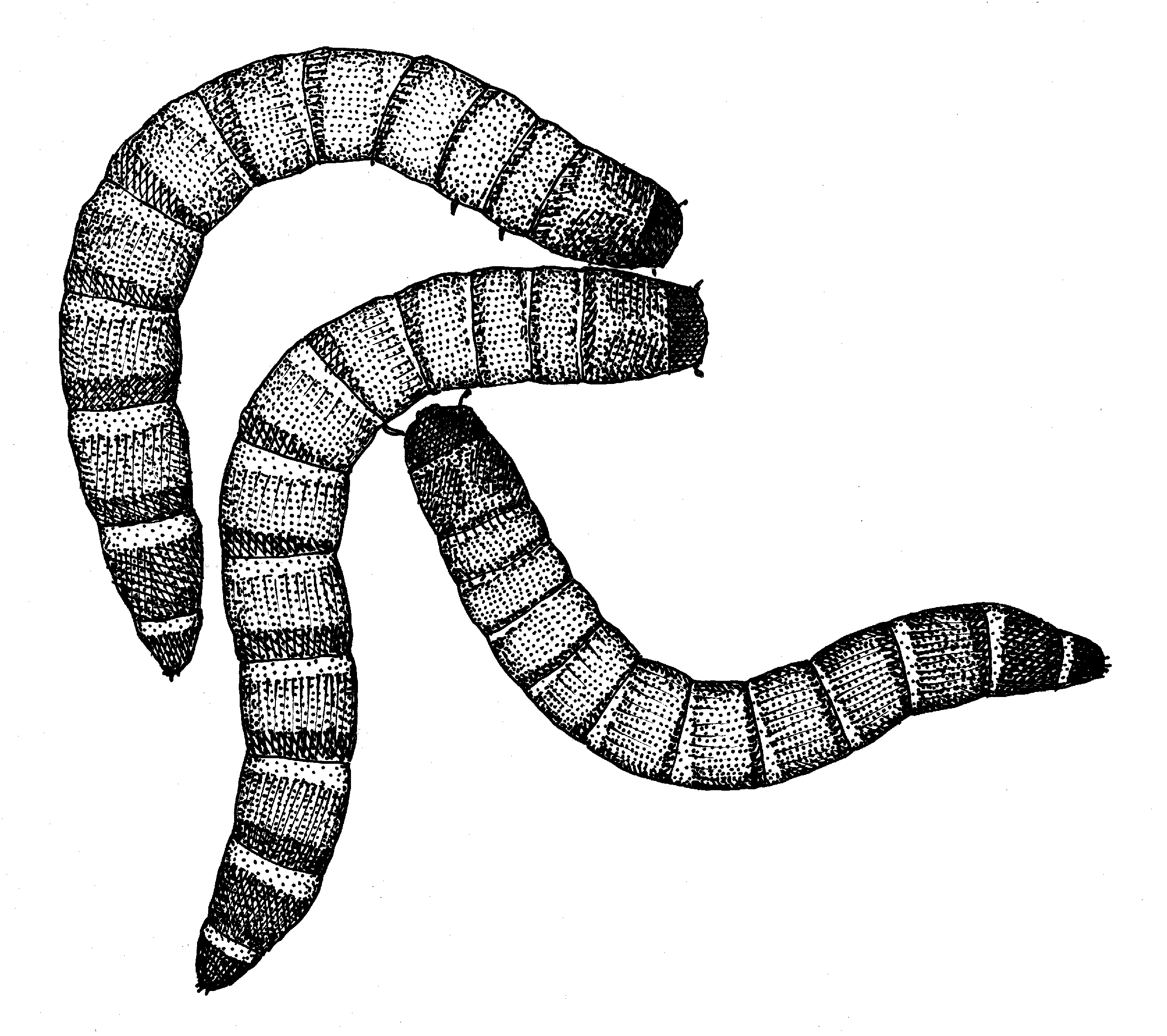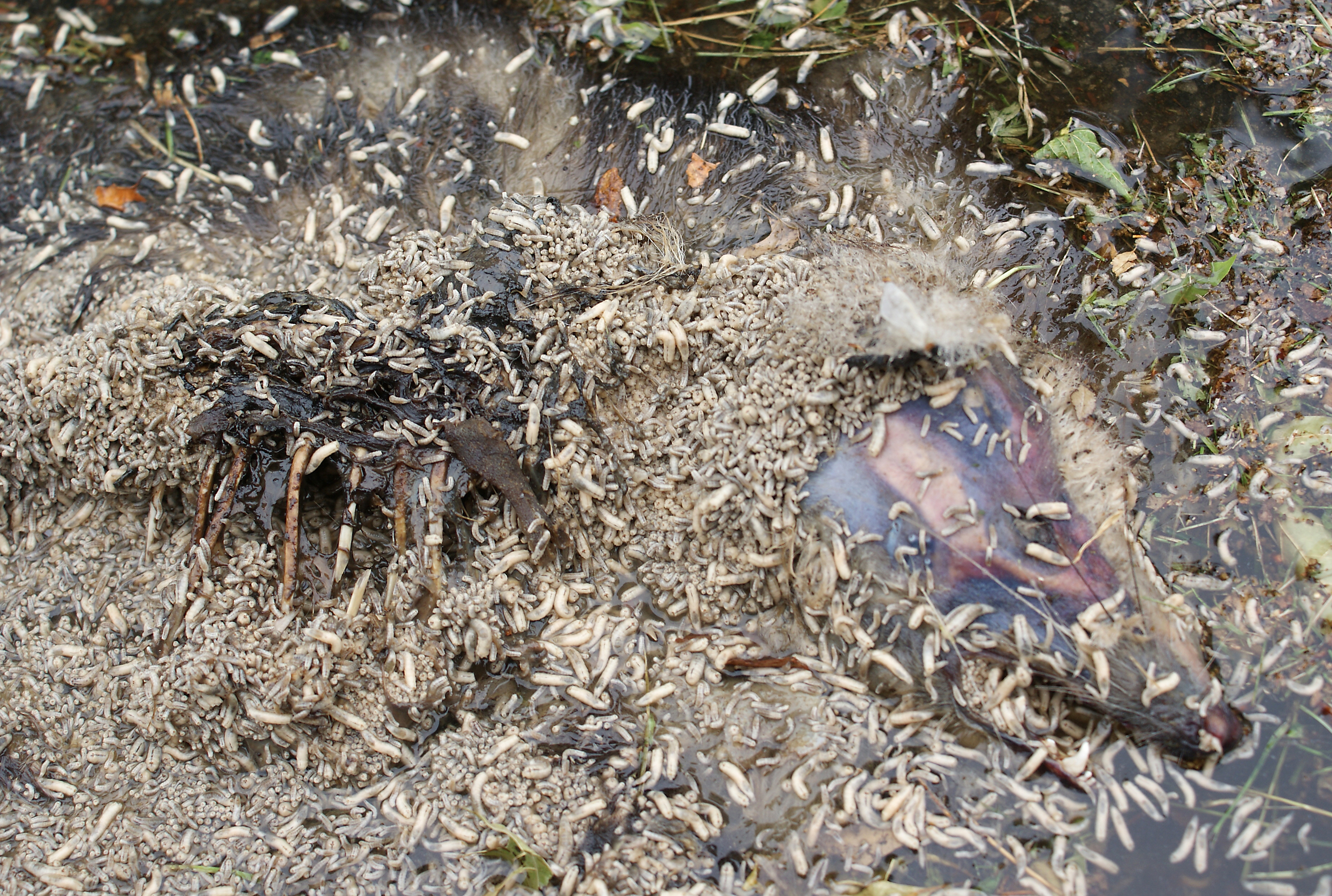|
Takydromus Sexlineatus
''Takydromus sexlineatus'', the Asian grass lizard, six-striped long-tailed grass lizard, or long-tailed grass lizard, is an arboreal, diurnal species of lizard. The tail length is usually over three times the body (snout to vent) length in this species. Males and females are similar, males being distinguishable by the presence of pre-anal pores. On average they grow to around snout-to-vent length, with the addition of a distinctive, prehensile long tail. Some individuals may have small circular spots on the sides of the bodies. This species of lizard is often kept as a pet. Like geckos they can drop their tail and grow a new one when attacked. Appearance The long-tailed grass lizard is easily identifiable by a long tail, and has a white to cream coloured underbelly with a brown, green or beige back, often adorned with brown stripes of different shades. It typically has a small head with a sharply pointed snout and black or pink tongue. Its body is slightly elongated and thin ... [...More Info...] [...Related Items...] OR: [Wikipedia] [Google] [Baidu] |
François Marie Daudin
François Marie Daudin (; 29 August 1776 in Paris – 30 November 1803 in Paris) was a French zoologist. With legs paralyzed by childhood disease, he studied physics and natural history, but ended up being devoted to the latter. Daudin wrote ' (Complete and Elementary Treatise of Ornithology) in 1799–1800. It was one of the first modern handbooks of ornithology, combining Linnean binomial nomenclature with the anatomical and physiological descriptions of Buffon. While an excellent beginning, it was never completed. In 1800, he also published ''Recueil de mémoires et de notes sur des espèces inédites ou peu connues de mollusques, de vers et de zoophytes'' (Collection of memories and notes on new or little-known species of molluscs, worms and zoophytes). Daudin found his greatest success in herpetology. He published ''Histoire naturelle des reinettes, des grenouilles et des crapauds'' (Natural history of tree frogs, frogs and toads) in 1802, and ''Histoire naturelle, gé ... [...More Info...] [...Related Items...] OR: [Wikipedia] [Google] [Baidu] |
Arboreal
Arboreal locomotion is the Animal locomotion, locomotion of animals in trees. In habitats in which trees are present, animals have evolved to move in them. Some animals may scale trees only occasionally, but others are exclusively arboreal. The habitats pose numerous mechanical challenges to animals moving through them and lead to a variety of anatomical, behavioral and ecological consequences as well as variations throughout different species.Cartmill, M. (1985). Climbing. In ''Functional Vertebrate Morphology'', eds. M. Hildebrand D. M. Bramble K. F. Liem and D. B. Wake, pp. 73–88. Cambridge: Belknap Press. Furthermore, many of these same principles may be applied to climbing without trees, such as on rock piles or mountains. Some animals are exclusively arboreal in habitat, such as the tree snail. Biomechanics Arboreal habitats pose numerous mechanical challenges to animals moving in them, which have been solved in diverse ways. These challenges include moving on n ... [...More Info...] [...Related Items...] OR: [Wikipedia] [Google] [Baidu] |
Diurnal Animal
Diurnality is a form of plant and animal behavior characterized by activity during daytime, with a period of sleeping or other inactivity at night. The common adjective used for daytime activity is "diurnal". The timing of activity by an animal depends on a variety of environmental factors such as the temperature, the ability to gather food by sight, the risk of predation, and the time of year. Diurnality is a cycle of activity within a 24-hour period; cyclic activities called circadian rhythms are endogenous cycles not dependent on external cues or environmental factors except for a zeitgeber. Animals active during twilight are crepuscular, those active during the night are nocturnal and animals active at sporadic times during both night and day are cathemeral. Plants that open their flowers during the daytime are described as diurnal, while those that bloom during nighttime are nocturnal. The timing of flower opening is often related to the time at which preferred pollinato ... [...More Info...] [...Related Items...] OR: [Wikipedia] [Google] [Baidu] |
Lizard
Lizards are a widespread group of squamate reptiles, with over 7,000 species, ranging across all continents except Antarctica, as well as most oceanic island chains. The group is paraphyletic since it excludes the snakes and Amphisbaenia although some lizards are more closely related to these two excluded groups than they are to other lizards. Lizards range in size from chameleons and geckos a few centimeters long to the 3-meter-long Komodo dragon. Most lizards are quadrupedal, running with a strong side-to-side motion. Some lineages (known as "legless lizards"), have secondarily lost their legs, and have long snake-like bodies. Some such as the forest-dwelling ''Draco'' lizards are able to glide. They are often territorial, the males fighting off other males and signalling, often with bright colours, to attract mates and to intimidate rivals. Lizards are mainly carnivorous, often being sit-and-wait predators; many smaller species eat insects, while the Komodo eats mammals a ... [...More Info...] [...Related Items...] OR: [Wikipedia] [Google] [Baidu] |
Front Crawl
The front crawl or forward crawl, also known as the Australian crawl or American crawl, is a swimming stroke usually regarded as the fastest of the four front primary strokes. As such, the front crawl stroke is almost universally used during a freestyle swimming competition, and hence freestyle is used metonymically for the front crawl. It is one of two long axis strokes, the other one being the backstroke. Unlike the backstroke, the butterfly stroke, and the breaststroke, the front crawl is not regulated by the FINA. This style is sometimes referred to as the Australian crawl although this can sometimes refer to a more specific variant of front crawl. Ergonomics The face-down swimming position allows for a good range of motion of the arm in the water, as compared to the ''backstroke'', where the hands cannot be moved easily along the back of the spine. The above-water recovery of the stroke reduces drag, compared to the underwater recovery of ''breaststroke''. The alternating a ... [...More Info...] [...Related Items...] OR: [Wikipedia] [Google] [Baidu] |
Cricket (insect)
Crickets are orthopteran insects which are related to bush crickets, and, more distantly, to grasshoppers. In older literature, such as Imms,Imms AD, rev. Richards OW & Davies RG (1970) ''A General Textbook of Entomology'' 9th Ed. Methuen 886 pp. "crickets" were placed at the family level (''i.e.'' Gryllidae), but contemporary authorities including Otte now place them in the superfamily Grylloidea. The word has been used in combination to describe more distantly related taxa in the suborder Ensifera, such as king crickets and mole crickets. Crickets have mainly cylindrically-shaped bodies, round heads, and long antennae. Behind the head is a smooth, robust pronotum. The abdomen ends in a pair of long cerci; females have a long, cylindrical ovipositor. Diagnostic features include legs with 3-segmented tarsi; as with many Orthoptera, the hind legs have enlarged femora, providing power for jumping. The front wings are adapted as tough, leathery elytra, and some crickets ... [...More Info...] [...Related Items...] OR: [Wikipedia] [Google] [Baidu] |
Mealworms
Mealworms are the larval form of the yellow mealworm beetle, ''Tenebrio molitor'', a species of darkling beetle. Like all holometabolic insects, they go through four life stages: egg, larva, pupa, and adult. Larvae typically measure about or more, whereas adults are generally between in length. Reproduction The mealworm beetle breeds prolifically. Males insert sperm packets with their aedeagus. Within a few days the female burrows into soft ground and lays eggs. Over her lifespan, a female will, on average, lay about 500 eggs. After 4 to 19 days the eggs hatch. During the larval stage, the mealworms feed on vegetation and dead insects and molt between each larval stage, or instar (9 to 20 instars). After the final molt, they pupate. The new pupa is whitish and turns brown over time. After 3 to 30 days, depending on environmental conditions such as temperature, it emerges as an adult beetle. Sex pheromones A sex pheromone released by male mealworms has been identified. I ... [...More Info...] [...Related Items...] OR: [Wikipedia] [Google] [Baidu] |
Maggot
A maggot is the larva of a fly (order Diptera); it is applied in particular to the larvae of Brachycera flies, such as houseflies, cheese flies, and blowflies, rather than larvae of the Nematocera, such as mosquitoes and crane flies. Entomology "Maggot" is not a technical term and should not be taken as such; in many standard textbooks of entomology, it does not appear in the index at all. In many non-technical texts, the term is used for insect larvae in general. Other sources have coined their own definitions; for example: "The term applies to a grub when all trace of limbs has disappeared" and "Applied to the footless larvae of Diptera".Smith, John. BExplanation of terms used in entomology Brooklyn Entomological Society, 1906. Additionally, in ''Flies: The Natural History and Diversity of Diptera'', the author claims maggots "are larvae of higher Brachycera ( Cyclorrhapha)." Maggot-like fly larvae are of significance in ecology and medicine; among other roles, var ... [...More Info...] [...Related Items...] OR: [Wikipedia] [Google] [Baidu] |
Takydromus
''Takydromus'' is a genus of lizards, commonly called grass lizards or oriental racers. Species of the genus ''Takydromus'' are endemic to a large part of Asia. Members of this genus are noticeable because of their slender appearance and their agile movements. The word ''takydromus'' derives from Greek ταχυδρόμος (''takhudromos''), "fast-running", from ταχύς (''takhus''), "swift" + δρόμος (''dromos''), "course, race". Description Members of the genus ''Takydromus'' are extremely slender in appearance. The tail is about 2 to 5 times as long as the snout-vent length. The basic colour is normally brown, often with lateral stripes and dark spots. The dorsal scales are keeled and large. These keels form continuous longitudinal rows. The toes contain lamellae. The collar may be reduced or completely absent. Distribution and habitat The lizard genus ''Takydromus'' is found in Japan, in the Amur region of Russia, and throughout entire eastern Asia to Indonesia. ... [...More Info...] [...Related Items...] OR: [Wikipedia] [Google] [Baidu] |




.jpg)


